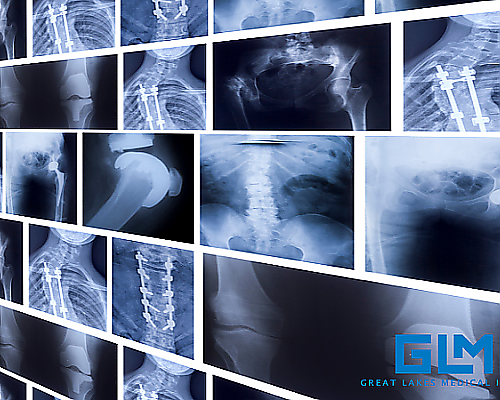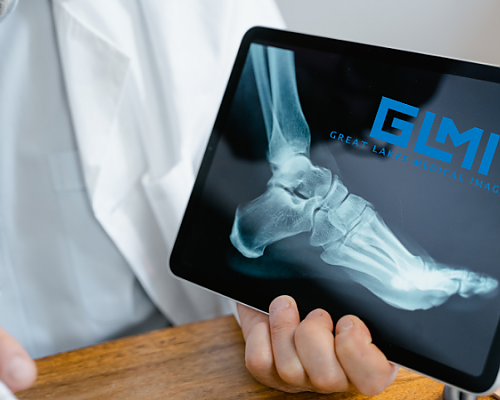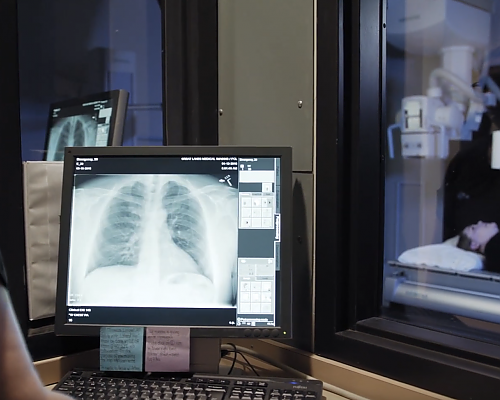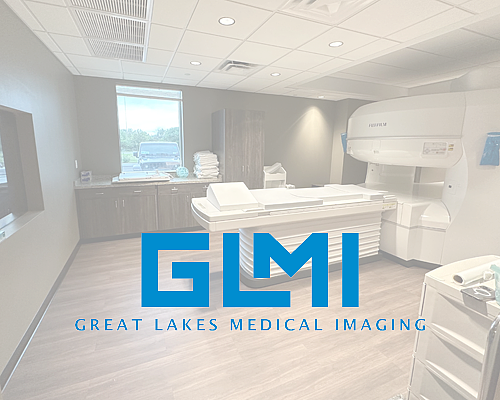Our Blog
A Closer Look at the Most Common Interventional Radiology Procedures

Interventional radiology has revolutionized medical treatments in numerous ways by combining diagnostic imaging with minimally invasive procedures. This field of medicine is known for providing an effective alternative to traditional surgical procedures, often resulting in less pain, lower risk, and faster recovery for patients. In this post, we delve into some of the most common interventional radiology procedures performed at Great Lakes Medical Imaging (GLMI).
Understanding Interventional Radiology
At its core, interventional radiology is a specialty within radiology that utilizes advanced imaging techniques, such as X-rays, CT scans, ultrasound, and MRI, to guide the precise delivery of treatment. This approach offers a minimally invasive alternative to open surgery for many conditions.
Common Interventional Radiology Procedures at GLMI
At GLMI, our interventional radiologists perform a variety of procedures. Here are a few of the most common:
Angioplasty and Vascular Stenting
Angioplasty and vascular stenting are procedures often used to treat peripheral artery disease. These procedures involve using a balloon to widen a narrowed or obstructed blood vessel, and if necessary, placing a stent to keep the vessel open.
Uterine Fibroid Embolization (UFE)
Uterine fibroid embolization is a minimally invasive treatment for fibroids, noncancerous growths in the uterus. During UFE, an interventional radiologist uses imaging guidance to insert a catheter into the uterine arteries and release tiny particles that block the blood supply to the fibroids, causing them to shrink.
Chemoembolization and Radioembolization
These are targeted therapies for liver cancer that deliver high doses of chemotherapy or radiation directly to the tumor while sparing healthy tissue. These procedures can be less harmful than systemic treatments and may provide a better quality of life for patients.
Biopsies
Biopsies involve removing a small sample of tissue for examination under a microscope. Using imaging guidance, interventional radiologists can perform biopsies of various organs with high precision, often through a tiny incision.
Conclusion
Interventional radiology continues to be a rapidly evolving field, offering new treatment options and hope for patients who may not be candidates for traditional surgery. These minimally invasive procedures, guided by state-of-the-art imaging techniques, provide efficient and effective treatments for a variety of health conditions.
To learn more about interventional radiology procedures at GLMI, please feel free to contact us for a consultation.
At GLMI, we're committed to providing the highest standard of patient care by leveraging innovative imaging technologies and minimally invasive procedures. We're here to guide you through your healthcare journey, prioritizing your comfort and well-being. Contact us today!
Sources:
- "Interventional Radiology Procedures." Radiologyinfo.org. Radiological Society of North America, 2021.
- "Understanding Angioplasty and Stenting." Johns Hopkins Medicine, 2021.
- "Uterine Fibroid Embolization (UFE)." Mayo Clinic, 2021.
- "Chemoembolization for Liver Cancer." American Cancer Society, 2021.
- "Radioembolization (Y90)." Cancer.net, American Society of Clinical Oncology, 2021.
- "Biopsies - Overview." Mayo Clinic, 2021.
‹ Back









